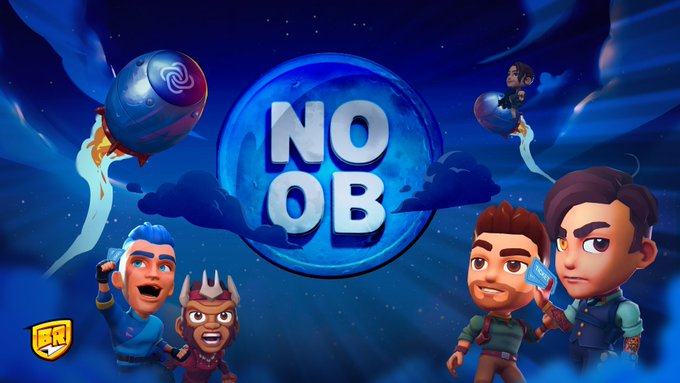Distributing Whitelist Spots in Web3 Gaming, a tough decision.
- whatsyourgam3
- Oct 17, 2024
- 3 min read
Web3 gaming projects are constantly evolving, and one thing that remains a hot topic is how to handle whitelist distribution effectively. In a recent Twitter Space, industry leaders gathered to chat about the different ways whitelist spots are being handed out, what works, and what doesn’t. Let’s dive into the discussion and explore the various opinions shared on how to balance fairness, hype, and community engagement when distributing whitelist spots.
How Are Whitelists Changing in 2024?
The conversation kicked off with a look at how whitelist strategies have changed over the years. Luc Berkefeld jumped in to explain how whitelisting has moved from a "grind culture" to more diverse methods. He shared that in Medieval Empires, they experimented with different approaches: “We had leaderboard competitions, weekly events, and even gave spots to our loyal community members and stakers. It was about rewarding the players and also bringing in fresh users through collaborations.”
The key takeaway from Luc’s approach? Variety. Offering different pathways to earn whitelist spots keeps things interesting and makes the process more accessible to a range of players.
Is Play-to-Whitelist the Future?
As Web3 gaming grows, one method gaining popularity is play-to-whitelist, where players earn whitelist spots through in-game achievements. Andrometa was all in on this idea: “Play-to-whitelist campaigns align users with the product. They’re using the game, which is what you want if you’re a gaming company. Whales are great, but they exist in this little echo chamber. You want to reach out to real players who will use your product.”
It’s a compelling argument. If a game’s future success depends on active players rather than passive investors, then why not reward the gamers who are putting in the effort?
Do Whitelists Still Matter?
The group wasn’t entirely convinced that whitelists still hold the weight they used to. Aero³ admitted that while he used to grind for whitelist spots back in 2021, things feel different now: “I’m kind of over the whole whitelist thing. I spread myself wide in Web3, and while whitelists were fun when it was more of a community spirit thing, now it feels mechanical.”
He also pointed out that sometimes it’s easier to just wait and buy on secondary markets: “If I really want something, I’ll just buy it off secondary.”
The Role of Social Platforms in Whitelisting
MoonBlast raised an interesting point about using questing platforms like Zealy to grow a project’s following while also distributing whitelist spots. However, he cautioned that many of these platforms are now riddled with bot accounts: “You can tell a project is no longer using a growth campaign when their engagement drops from 300 likes to two.”
His solution? Use gameplay as a metric for whitelist allocation, rather than relying solely on social media tasks. “The best approach is to make people play the game. That way, you know they’re engaged.”
Balancing Whales and Regular Players
The discussion often circled back to how projects can balance attracting whales with keeping things fair for regular players. Andrometa highlighted the dangers of relying too much on whales: “Whales can create hype, but they can also kill it just as fast. And oftentimes, they’re not even going to play your game.”
The consensus was that while whales are important for market liquidity, focusing too much on them could alienate the broader player base. A more balanced approach, where both whales and everyday gamers have opportunities to engage, seems to be the ideal.
Final Thoughts: Is the Hybrid Approach Best?
In the end, most panelists agreed that a hybrid approach—combining multiple methods of earning whitelist spots—is the way forward. By mixing play-to-whitelist, social media engagement, and rewarding loyal community members, projects can appeal to a wide range of participants.
As Aero³ put it: “If it’s a game, just get people in the game. That’s got to be the ultimate goal.”
And with that, the panelists left us with plenty of food for thought on how to effectively manage whitelists in a constantly shifting Web3 landscape.














Comments